This is the first in a multi-part series from The Independent news editor, Don Gilman.
Lake Powell in eastern Utah is the second largest man-made lake in the United States, providing water for human consumption, irrigating crops and watering livestock. Additionally, millions flock to its shores each year for fun and recreation. Yet there is trouble brewing beneath its placid topaz surface.
“It would pump water out of the Colorado 2000 feet up the mountain across 140 miles of desert and deliver as much water 800,000 average Americans use in a year to just 160-170,000 people in St. George,” – Zach Frankel, Executive Director of the Utah Rivers Council
Water levels have been dropping at Lake Powell for years, part of the prolonged, sustained drought the western U.S. has been undergoing. A white “bathtub ring” marks the entire perimeter of the lake, direct evidence of just how much the water level has dropped in just a few short years. According to a 2014 report in National Geographic, the lake is at 45 percent of its normal capacity.
Despite this, the State of Utah, along with Kane and Washington counties have approved of and initiated plans to build a pipeline from Lake Powell to bring water to the constituents of those counties. The vast majority of this water will go to residents of Washington County (26.7 billion gallons annually), while residents of Kane County will get a much smaller allotment (1.30 billion gallons annually.) Iron County was originally part of the Lake Powell Pipeline Project but has since dropped out, citing high costs as the reason.
Recently, a group of 22 Utah economists sent a letter to Utah Gov. Gary Herbert, State Senate President Wayne Niederhauser and Speaker of the House Greg Hughes, warning about the financial implications of building the Lake Powell Pipeline. According to the report, if the project is completed, Washington County will be forced to raise its water rates by up to 500 percent. Per the report, doing so would “burden every man, woman and child in Washington County with as much as $781 of debt every year for the next 50 years.”
According to the economist’s report, the cost for construction of the pipeline will be $3.2 billion.
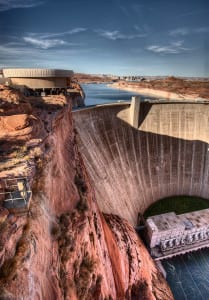
The Lake Powell Pipeline will run through a 69-inch buried pipeline that stretches nearly 140 miles from Lake Powell to Sand Hollow Reservoir, approximately 13 miles west of St. George, Utah. According to the Washington County Water Conservancy District (WCWCD), the Lake Powell Pipeline is needed in order to serve the future needs of the county, which is expected to quadruple its growth by 2050. The WCWCD also states that development of the pipeline will enable Utah to better utilize its allotment of the Colorado River, create a more secure and steady water supply, create a more diverse water supply for Kane and Washington Counties and to reduce water supply costs. According to the WCWCD, the costs for constructing the pipeline is $1 billion. Regarding the discrepancy between their figure and the economists’, the WCWCD has stated that the economists’ data is outdated and incomplete.
Much of the plan to build the pipeline is based on the anticipated growth of Washington County. Washington County has been one of the fastest growing areas in the United States for many years. Earlier in 2015, St. George was listed on a government census list as the fifth-fastest growing city in the U.S. Like the Northern Corridor project, the pipeline is a response by the government entities of the county to ensure that major problems do not occur when that anticipated growth happens.
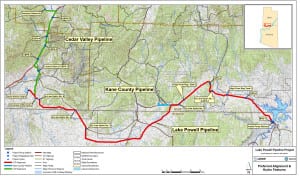
The pipeline project was initiated when the Utah Legislature passed the Lake Powell Pipeline Development Act in 2006. In 2007, the initial environmental and engineering studies began, at a cost estimated at $27 million. 2008 saw the beginning of the licensing from the Federal Energy Regulatory Commission (FERC) and National Environmental Policy Act (NEPA) compliance. In the spring of 2016, it is anticipated that the final FERC license application will be submitted. In the winter of 2017, it is expected that the final designs for the project will begin, with actual construction starting in 2020. The transport of water is expected to first occur in 2025.
We believe the pipeline is going to cost at least three billion dollars, not including interest, If you include the interest, it will at least double if not more. – Paul Van Dam
The project has its detractors. The most cited factors against the pipeline’s completion are money and the lack of water, with the Lake Powell Pipeline facing its greatest opposition from Citizens for Dixie’s Future, the Utah Rivers Council, Western Resource Advocates and the Glen Canyon Institute, among others. The recent report by the 22 economists is only the most recent salvo in the struggle between those who would see it built and those who feel it should not be constructed.
Jane Whalen, the treasurer for Citizens for Dixie’s Future has been studying water issues in Washington County for years and says that the pipeline is not needed.
“It’s not affordable for us and we really don’t need it,” Whalen said. “It’s a problem of not having the accurate data.The water district uses the narrow view of water supply. In my research, I’ve found that there is a lot more water in the county and that we have plenty of water for growth.”
Zach Frankel, the executive director and founder of the Utah Rivers Council, is also against 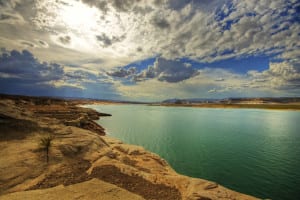 the project, stating that the Lake Powell Pipeline is another example of out of control government spending. Frankel uses the analogy of choosing to drink from either a water glass in front of you or choosing one that is 150 miles away. Frankel says that obviously the one farther away is going to be more expensive.
the project, stating that the Lake Powell Pipeline is another example of out of control government spending. Frankel uses the analogy of choosing to drink from either a water glass in front of you or choosing one that is 150 miles away. Frankel says that obviously the one farther away is going to be more expensive.
“It would pump water out of the Colorado 2,000 feet up the mountain across 140 miles of desert and deliver as much water as 800,000 average Americans use in a year to just 160-170,000 people in St. George,” Frankel said. “It is the largest proposed water diversion in the Colorado River basin. It will lead to a legacy of debt and tax and water rate and impact fee increases that will last several generations.”
Paul Van Dam, former Attorney General for the State of Utah and his partner Lisa Rutherford have also expressed their opposition to the Lake Powell Pipeline Project.
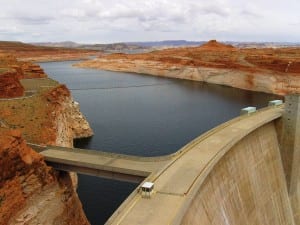
“We believe the pipeline is going to cost at least three billion dollars, not including interest,” Van Dam said. “If you include the interest, it will at least double if not more. We’re going to spend this enormous amount of money over the next 50 years for this water because Washington County, according to the water district, is running out of water. Statistically that does not hold up.”
Rutherford feels there are many questions that need answers before the project continues.
“The bigger issues are: do we need it and what strain on this county and this state will this unnecessary project exert?” Rutherford asked.
This series of articles aims to examine in great detail both the benefits, risks and disadvantages of the Lake Powell Pipeline Project. It is a complex subject, with multiple angles to scrutinize and appraise. From costs, water supplies and environmental risks to growth, development, politics and power, the Lake Powell Pipeline is a controversial and divisive subject.
Next week: Why the Lake Powell Pipeline is necessary.

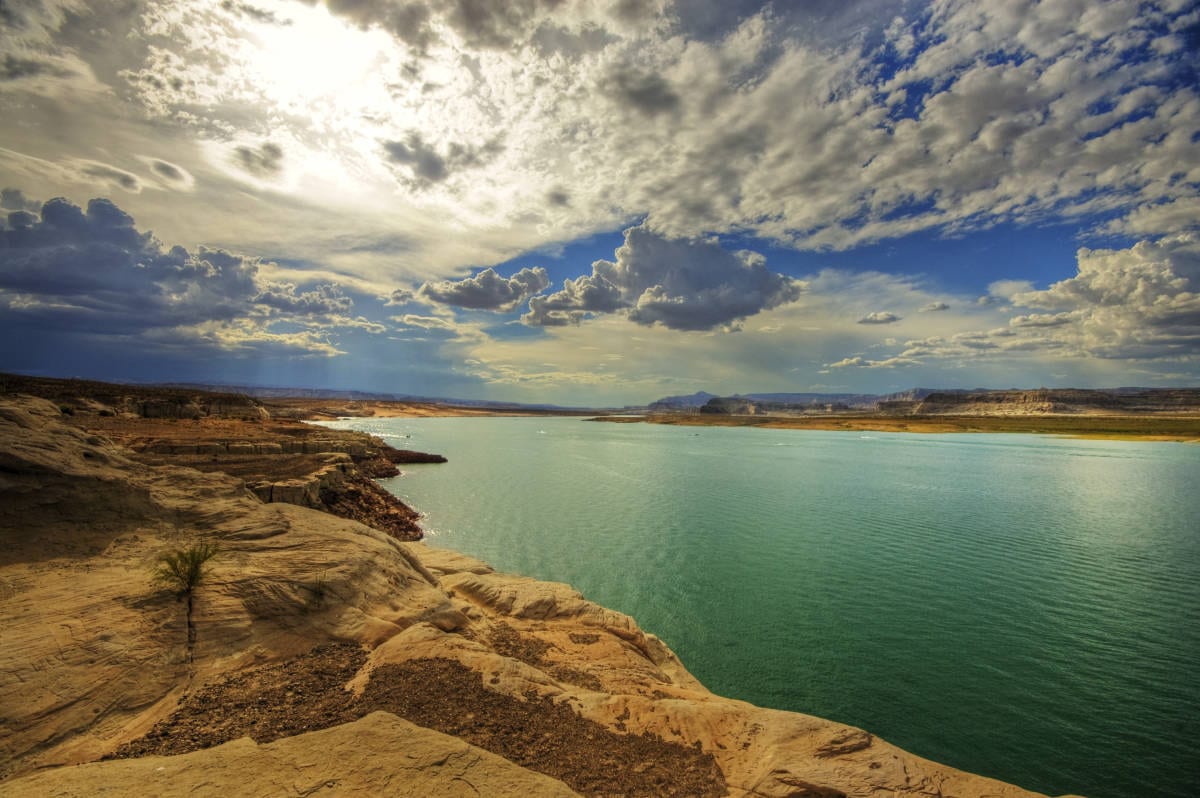



Good article, Don. Keep up the good work you do covering complex issues such as the pipeline and the Northern Corridor. These are important issues that need to have the details communicated so people understand what’s being forced on them. With both issues a few will benefit while the rest will pay.
Are you going to do some research to see who owns the land that the pipeline will be passing through? This may be a good example of – follow the money,
I live in NV, and work in UT. I don’t see much in the way of conservation as I pass through the area. I know I live in a desert, so I have forgone planting a lawn, I use desert trees that Mother Nature waters for me now, and I have cut my personal water use down to around 350-400 gallons a month from 3,000 when I first moved to NV. Fixing leaks cut 1,500 gallons right off the bat. I am not saying everyone has to go as far as I have in conserving, but they can conserve more than they are now.
Sheesh, you’ve got huge indian reservations right there. They know how to do rain dances. Gees, get with it people.
.
I would like to see the cost/benefit analysis of this proposed development as compared to the costs of capping the numerous aqueducts spanning The Southern California desert with photovoltaic shade structures. Net reduction in evaporation (less CO River water lost, more to leave upstream for Utah), shared transmission corridor, resulting in less overall land disturbance. Pair this with an efficiency analysis and true conservation effort in the St. George region.